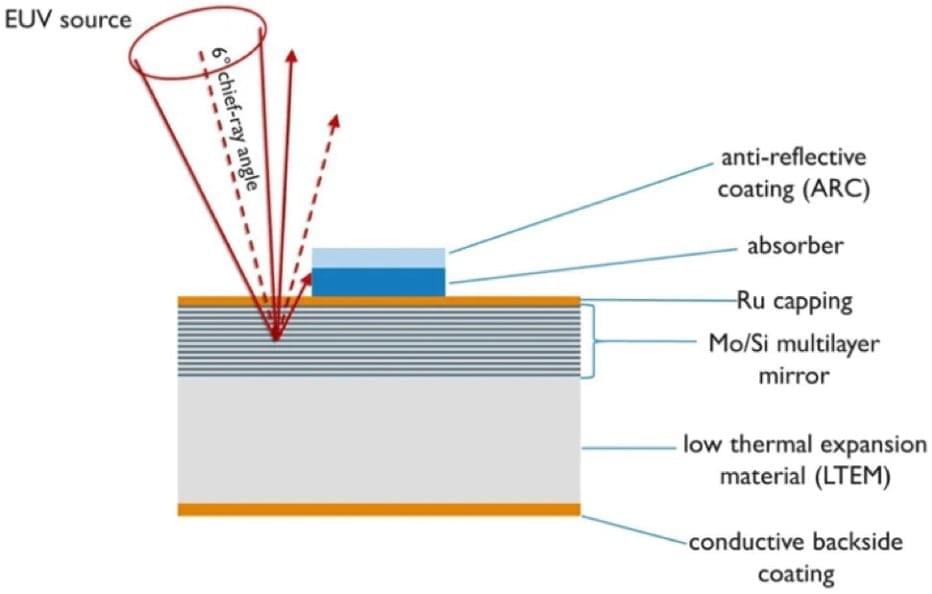Drilling with the beam of an electron microscope, scientists at the Department of Energy’s Oak Ridge National Laboratory precisely machined tiny electrically conductive cubes that can interact with light and organized them in patterned structures that confine and relay light’s electromagnetic signal. This demonstration is a step toward potentially faster computer chips and more perceptive sensors.
The seeming wizardry of these structures comes from the ability of their surfaces to support collective waves of electrons, called plasmons, with the same frequency as light waves but with much tighter confinement. The light-guiding structures are measured in nanometers, or billionths of a meter—100,000 times thinner than a human hair.
“These nanoscale cube systems allow extreme confinement of light in specific locations and tunable control of its energy,” said ORNL’s Kevin Roccapriore, first author of a study published in the journal Small. “It’s a way to connect signals with very different length scales.”







